I started out in high school with an electric r/c glider. This was a Carl Goldberg Electra. I controlled it with a 4 channel Futaba 'Attack 4' AM radio.
After beating the Electra to death with hard landings, I moved up to a gas powered trainer, the Great Planes PT40. Again I used my trusty Futaba to control the power provided by my slightly used Enya .40 (ringed).
Anybody that knows me, will not be surprised that I tried
to learn to fly completely on my own. When I first flew that PT40, the
control surfaces had far too much deflection, and consequently, the craft
was as squirrelly as a plane can get. I crashed it after about 4 seconds
in the air. Luckily, it was a soft one, as far as crashes go.
I flew the PT40 for about 2 years before doing more damage
to it than I wanted to fix.
My next plane was another trainer. This was a .40 sized ARF, powered by a .40 OS Max, but I have forgotten the make and model of the plane. What fun I had that day. Yes, day. As in ONE day. I had a few good flights at the field in Lehi, but the wind was getting stronger, and my common sense seems to be inversely proportional to the current wind speed. I thought, "I can fly in this". Well, I couldn't. I decided as I was bringing it around, to pull the nose under and out, rather than continue the slow bank turn I was half way through. The plane would have made the maneuver on a calm day, but as the planes nose faced the ground, the large wings had too much wind encouraging them to give up altitude, and I powered into a thicket.
At this point, my skills were much better, even though
I had gone through a few planes in a short period of time. So I decided
it was time to try a sport plane (and a taildragger at that). I picked
up a Hanger 9 Ugly Stick
ARF, and powered it a with my trusty OS .40 engine. This plane had
two days of flying before it became balsa shrapnel. The story behind this
crash goes as follows. I had about 3 flights down that day already, and
was on my 4th when the clevis on the elevator disconnected from it's pushrod.
With no elevator control, the plane continued on it's last course. Which
in this case was an inverted power dive directed at the end of the runway
(Lehi field). I have never seen a more spectacular event in my life. The
plane was instantly transformed into hundreds of balsa splinters. Since
the plane was inverted for the dive, my beloved OS .40 was to take a large
portion of the impact. It was damaged beyond repair, and is now a paperweight
on my desk at work.
This was VERY discouraging. At the time I was working
at Starways, and it's hard enough to live on $7.50 an hour, but even more
difficult to live on that AND replace expensive R/C equipment. This meant
that it would take quite a while to get back in the sport.
Slowly I purchased the required parts to get flying again.
I decided that I liked taildraggers, but I was tired of .40's. So I bought a Hanger 9 .60 sized Ugly Stick ARF. About one paycheck later, I had enough saved to buy an OS .61, and I put it in the Ugly Stick. Now I had a new plane, and a new engine, so the next logical step was to buy a new radio. I wanted to switch to FM, and the entry level computer radio's looked like the answer. After a little research, I decided on a JR XP652 . This is a 6 channel, 5 model memory programmable FM/PCM controller. I highly recommend it to anyone in the market for an entry level computer radio.
I flew this plane for a few years (I still have it now), but something was missing. At this point I was reaching an intermediate level of flying proficiency, and the challenge of flight was lessening, so I wasn't very encouraged to get out and fly. Another problem was the difficulty in finding a place to fly. In Utah valley, there are two fields designated just for R/C planes. The Lehi field requires AMA membership, which I don't have, and the field in Spanish Fork is not always open. You can get a key by joining the local club, but again, I just want to go somewhere and fly. I just spent all this money getting a new plane ready, and here are hoops to jump through before I can fly at a proper field.
When I was buying the parts for this plane, Eric and Jeremy
at World Class Models kept
on egging me to get into helicopters. I know that this was the next logical
step, but the cost and difficulty was rather prohibitive.
Finally, I decided that my plane was not getting used,
so I might as well try something new. So on March 31st of 2001, I bought
a Thunder
Tiger Raptor .30 helicopter. It took me quite a while to purchase all
the items needed, but I was finally ready to fly it in May 2001. After
an extensive pre-flight check, Jeremy and I fired up the Raptor, and he
began the setup of the controls and gyro. I can't express enough the value
of their expertise in helping get that model flying.
The best part of flying helicopters, is that I can fly
almost anywhere! I can fly at the hobby shop, almost any school yard, any park, or even a medium sized parking lot.
I run an
OS .32 engine, with a
Hatori tuned pipe and header, which makes a bit less noise than a muffler, so that is one less obstacle.
Unfortunately those huge main blades cutting through the air compensate for any quietness.
I am now able to fly well, without a rotopod or other
training gear. I am very comfortable with tail-in flight, and on July 5th
2001, I was able to break through the mental barrier that kept me from flying
nose-in.
Now I am working on perfecting nose-in flight, and
then I will work on my transitions from nose-in to tail-in, and then, pirouettes.
4 Sept 2001: I have nose in flight down pretty well.
And my transitions from tail in to nose in and visa versa are getting better
every time out. My pirouettes are getting better. If I do a slow 180 pirouette,
I can keep the center of mass in nearly the exact position through the whole
turn.
10 Sept 2001: I changed the pitch on my Raptor. Holy crap! I am
now running at +12º and -12º. It's now like a little buzzsaw, it
has so much headspeed! This little decapitation toy is now almost too much
for me to control.
Oct 2001: I bought RealFlight G2, and I love it! In
just a few days, my flying has improved drastically. I have tried a bunch
of the tricks that I don't dare attempt in real life. Also, I can practice
tedious training steps in any weather, at any time I like.
Nov 2001:
I haven't flown my Raptor much, RealFlight is largely to blame. But when
I do fly the Raptor, I am pleased with the improvements that I am seeing.
March 2002: The weather is getting warmer, and my mind now starts to return
to the idea of flying my helicoptor in real life, rather than RealFlight
.
Here is a good page covering the basics of R/C helicopters.
If you are interested in R/C helicoptors, check out the International Radio Controlled Helicopter Association.
Curtis Youngblood is probably the greatest R/C helicopter pilot ever.
If you are serious about flying, V-Blades are the only blades to run!
Well, enough of my R/C history, here's some pictures:
Now that is good looking, and the helicopter is cool also.
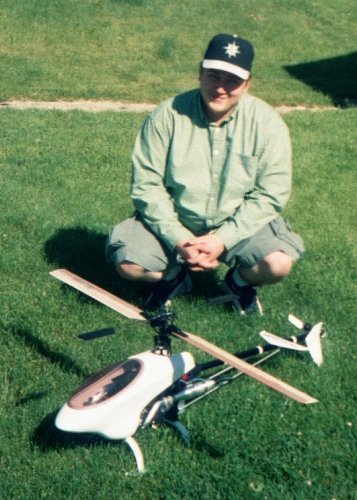
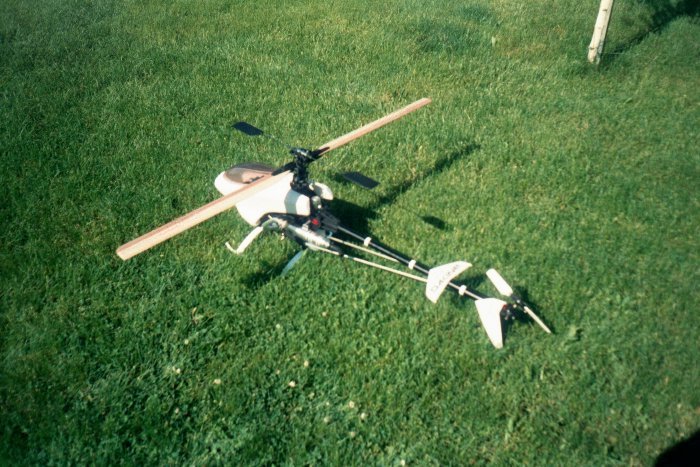
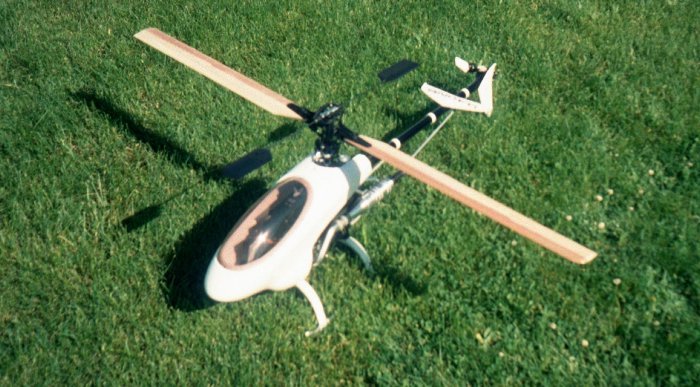
Notice the Dakine sticker on the horizontal stab.
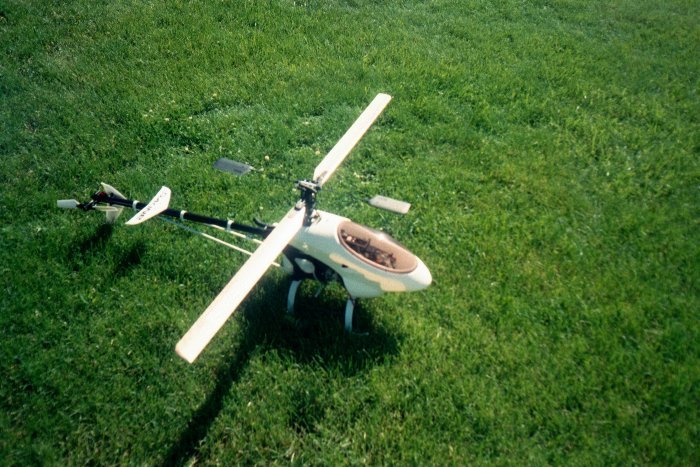
The first Flight.
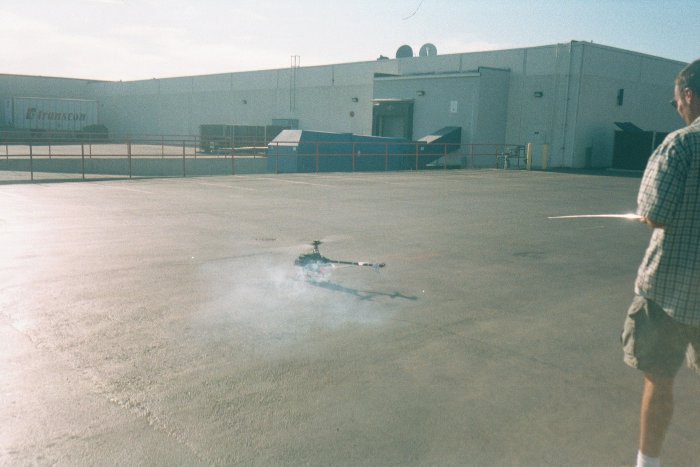
My first flight!
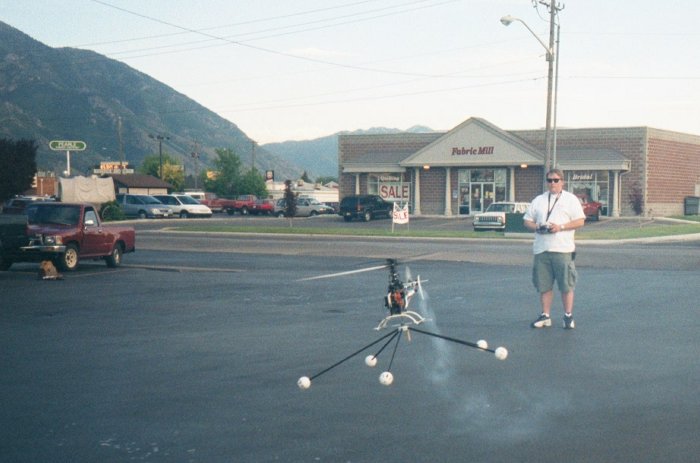
Getting better.
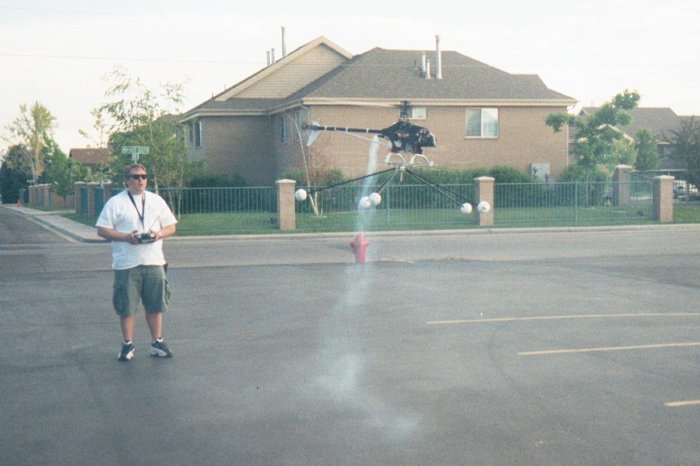
At the American Fork boat launch, 3 July 2001. Getting a little dusty.
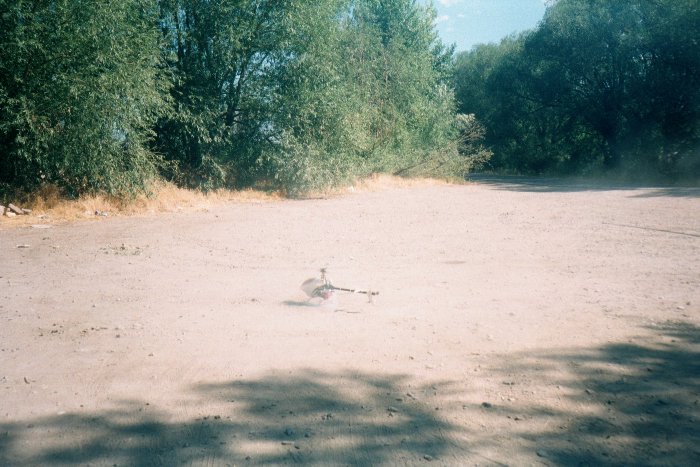
Getting VERY dusty.
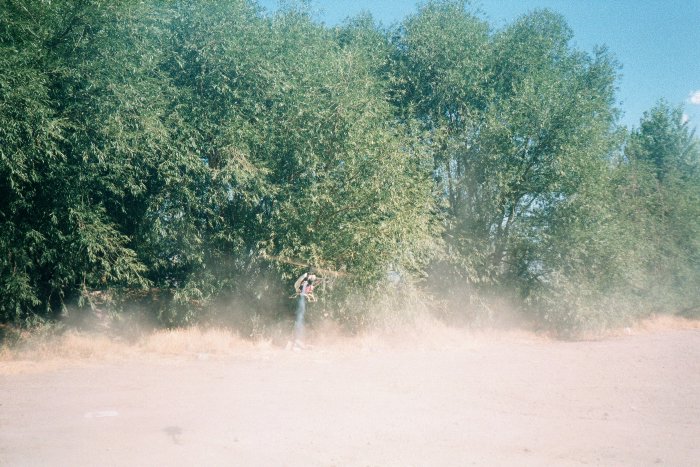
Decked out in corporate sponsorship.
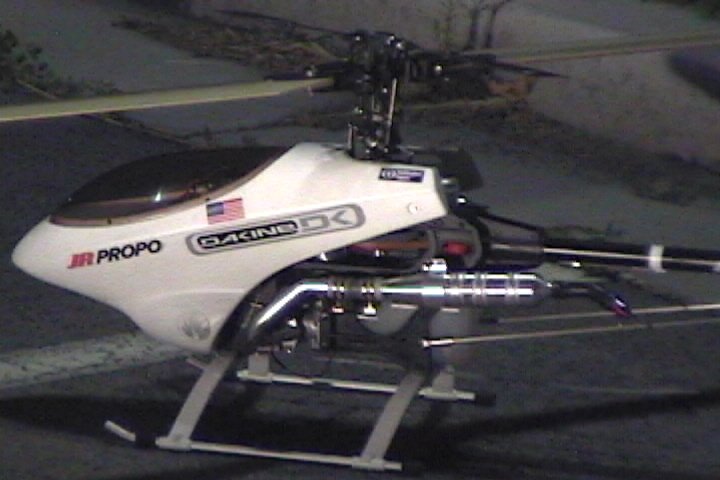
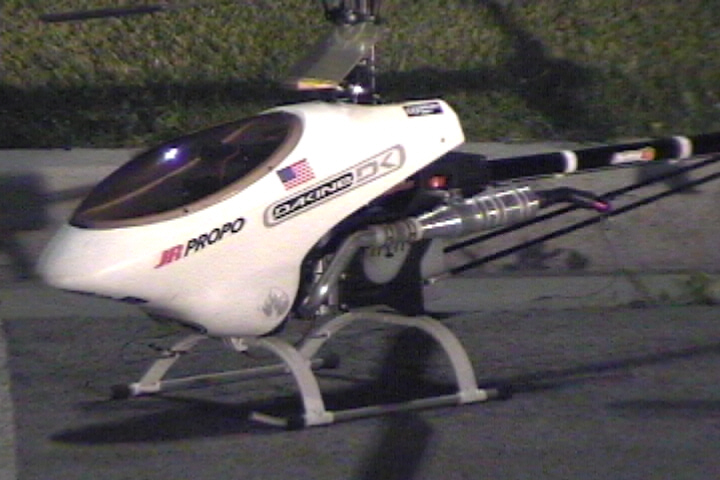
Quick navigation to all of my pages...
Quick navigation to other pages...
-[_Ryan's_Page_] -[_Jon_and_Carrie_] -[_Jason_and_Jennifer_] -.